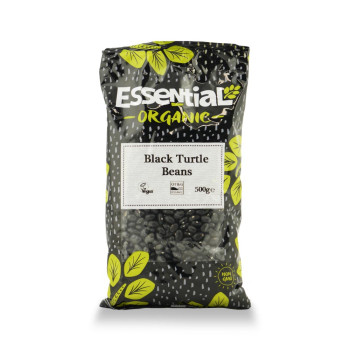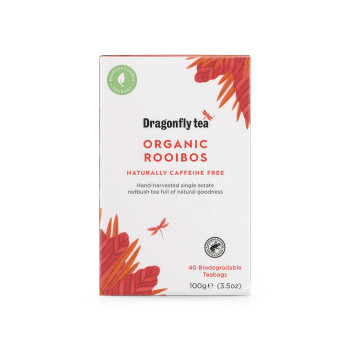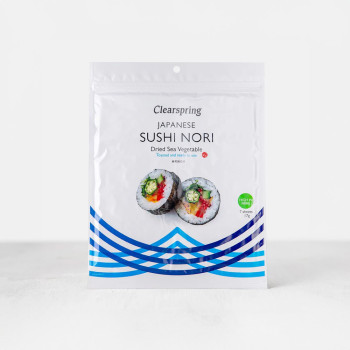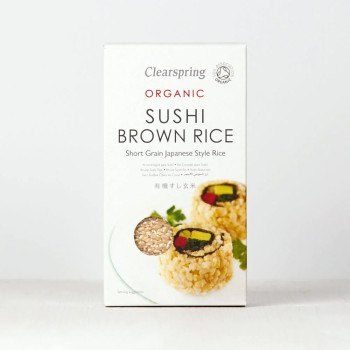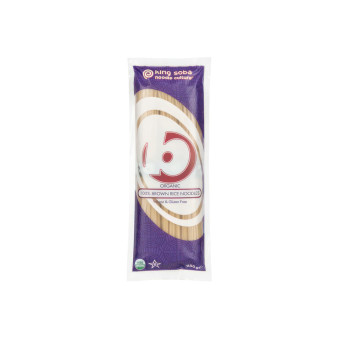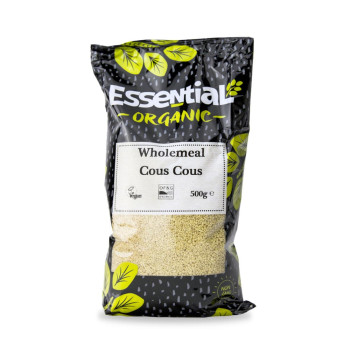Organic Wheatgrain, 500g
Country of Origin: United Kingdom
-
£1.75
- In Stock

Organic

Vegan
Organic wheat grain refers to whole wheat kernels that are grown without the use of synthetic pesticides, herbicides, or fertilizers, adhering to organic farming practices. Wheat grain is one of the most widely cultivated cereal grains globally and serves as a staple food in many cultures. When the entire grain, including the bran, germ, and endosperm, is left intact, it is referred to as whole wheat grain. Organic wheat grain is nutrient-dense and offers a range of health benefits due to its fiber, vitamins, and mineral content.
Nutritional Profile:
High in Fibre: Whole wheat grains are rich in dietary fiber, especially when the bran is left intact. Fiber supports digestive health and promotes satiety, which can help with weight management.
Vitamins:
- B Vitamins: Organic wheat grain is a good source of several B vitamins, including thiamine (B1), riboflavin (B2), niacin (B3), and folate (B9), which play a vital role in energy metabolism, brain health, and red blood cell production.
- Vitamin E: Found primarily in the wheat germ, vitamin E is an antioxidant that helps protect cells from oxidative damage.
Minerals:
- Magnesium: Essential for nerve and muscle function, as well as maintaining healthy bones.
- Iron: Supports the production of haemoglobin, which is crucial for oxygen transport in the body.
- Zinc: Helps support the immune system and promote healthy growth and repair.
- Phosphorus: Important for strong bones and teeth, and energy production.
- Manganese: Supports enzyme function and protects against oxidative stress.
Protein Content: Organic wheat grain contains a moderate amount of protein, around 13%, which includes gluten, a protein that provides structure in bread-making. While not a complete protein, combining wheat with other protein sources, like legumes, can provide all essential amino acids.
Carbohydrates: Wheat is a significant source of complex carbohydrates, which provide sustained energy. It has a relatively low glycemic index compared to refined wheat products, meaning it causes a slower, steadier rise in blood sugar levels.
Health Benefits:
Digestive Health: The high fibre content in whole wheat grain promotes healthy digestion by supporting bowel regularity and feeding beneficial gut bacteria. It may also reduce the risk of digestive disorders, such as diverticulosis.
Heart Health: Organic wheat grain is linked to better heart health. The soluble fibre in wheat can help lower LDL (bad) cholesterol levels, reduce blood pressure, and improve overall cardiovascular health.
Blood Sugar Control: Whole wheat grain, being high in fibre and low on the glycemic index, helps regulate blood sugar levels. This makes it a better option for people with diabetes or those looking to maintain steady energy levels throughout the day.
Weight Management: The fibre in wheat grain helps with satiety, reducing hunger and aiding in weight management. It also improves digestion, which can indirectly contribute to weight control.
Antioxidant Protection: Wheat contains various antioxidants, such as vitamin E and selenium, that help neutralize harmful free radicals in the body, reducing the risk of chronic diseases like cancer.
Culinary Uses:
Organic wheat grain can be used in various forms and dishes:
Whole Wheat Berries: These are the entire, unprocessed kernels of wheat. After soaking and cooking, they can be used in salads, soups, or side dishes, providing a chewy texture and nutty flavor.
Whole Wheat Flour: When ground, wheat berries produce whole wheat flour, which can be used for baking bread, muffins, pancakes, and other baked goods. It offers a heartier texture and more nutritional benefits than refined white flour.
Cracked Wheat: Made by coarsely grinding the wheat kernels, cracked wheat is used in cereals, salads (like tabbouleh), and as a side dish.
Bulgur: A form of wheat grain that is parboiled, dried, and cracked, bulgur is commonly used in Middle Eastern cuisine. It cooks quickly and is often added to salads, soups, and pilafs.
Wheat Bran: The outer layer of the wheat grain, wheat bran is rich in fiber and often used to enhance the nutritional content of cereals, breads, and baked goods.
Wheat Germ: The nutrient-dense core of the wheat kernel, wheat germ can be added to smoothies, yogurt, or sprinkled on cereals to boost protein, fiber, and vitamin E intake.
Organic Benefits:
Choosing organic wheat grain ensures that it is free from synthetic chemicals, making it a healthier option both for the consumer and the environment. Organic farming practices promote soil health and biodiversity, reduce pollution, and contribute to a more sustainable food system. Additionally, organic grains are non-GMO, and some people prefer organic grains for their perceived purity and environmental benefits.



